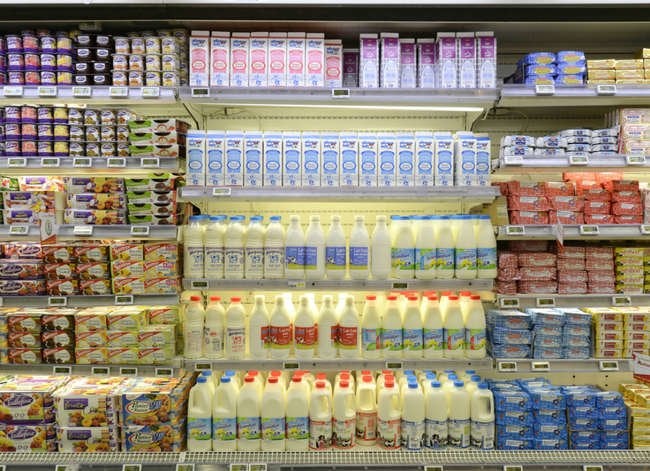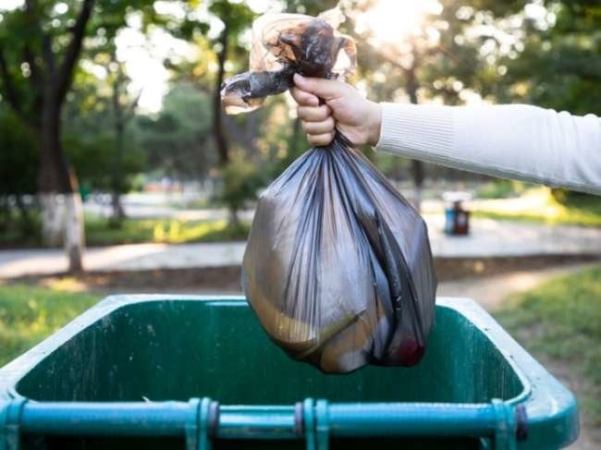We may earn revenue from the products available on this page and participate in affiliate programs. Learn More ›
Decoding the Terminology

The “expiration date” identifies the last date on which a food or household good can be safely eaten or used. But did you know that providing this date is typically voluntary? The only items required by federal law to list expiration dates are infant formula and certain baby foods; many (but not all) states also require expiration or “sell by” dates on milk and dairy products.
More Phrases to Know

Labels that include “best if used by,” “use by,” or “guaranteed fresh” offer recommendations from the manufacturer to ensure peak quality. Similarly, a “born on” date found on beer packaging lets you track how long it’s been in the bottle (good to know because beer starts to deteriorate after three months); and the “pack” date refers to when a canned or packaged good was sealed by its manufacturer.
NEED TO HEED: Meat Market

Meat spoils rapidly, even in the fridge, which can make that steak dangerous for your next meal. Avoid serious illness by keeping poultry in the refrigerator for only one to two days; beef, veal, pork, and lamb for three to five days; seafood for one to two days; and ground meat and ground poultry for one to two days.
GOOD GUIDELINE: Dairy Fresh
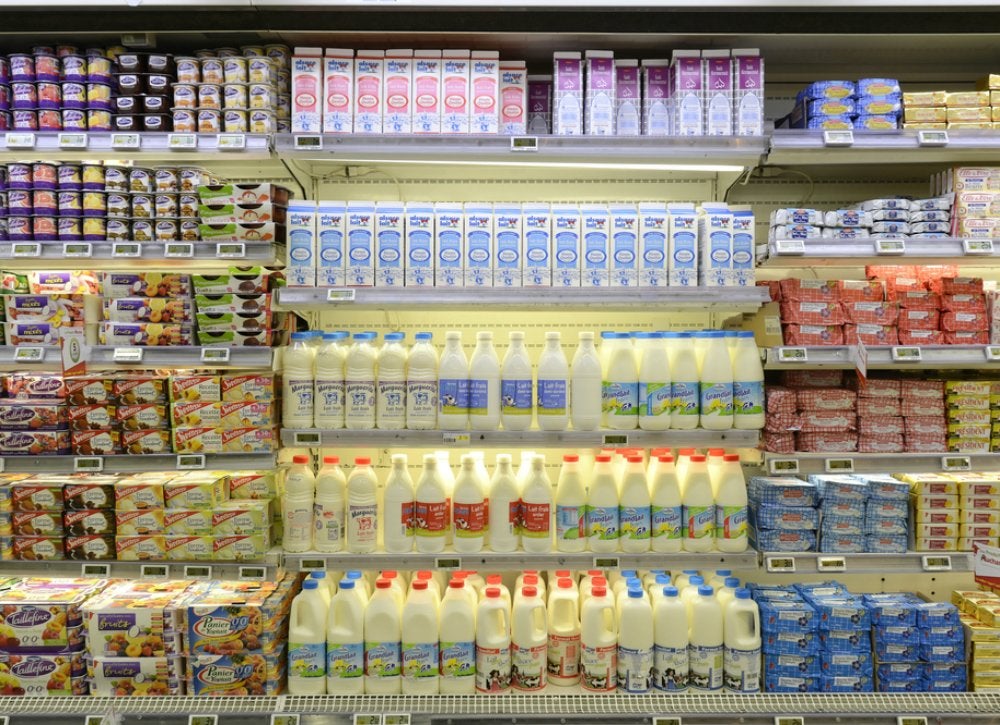
As mentioned, most states require “sell by” dates on dairy products to ensure that they’re still good for use at home after purchase, and many suppliers also post “best if used by” dates for clarity. According to online health resource WebMD, milk is usually fine until a week after the “sell by” date; eggs are safe for consumption for three to five weeks after you bring them home.
GOOD GUIDELINE: In the Can
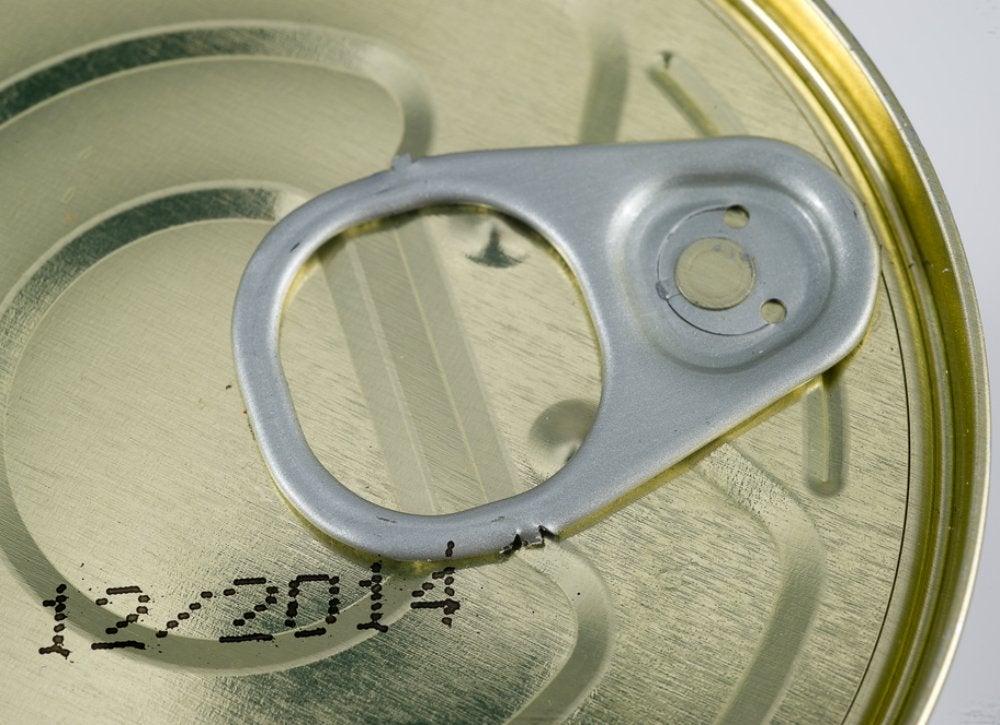
Stored properly in a cool, dry, and dark environment, canned goods have a long shelf life. According to the Food & Drug Administration, highly acidic foods like tomato sauce are safe for 18 months; low-acid foods like green beans or vegetables will keep even longer—up to five years. If your cans show signs of bulging or discoloration, though, toss them immediately, as these may be contaminated with bacteria.
GOOD GUIDELINE: The Spice Is Right

Herbs and spices are best stored away from heat, moisture, and direct sunlight. Leading producer McCormick suggests you can keep ground spices around for two to four years, whole spices for four years, and leafy herbs for one to three years. If you notice an expired jar in your spice cabinet, the contents are probably still edible, but they will have lost much of their potency and flavor.
GOOD GUIDELINE: Baking a Change
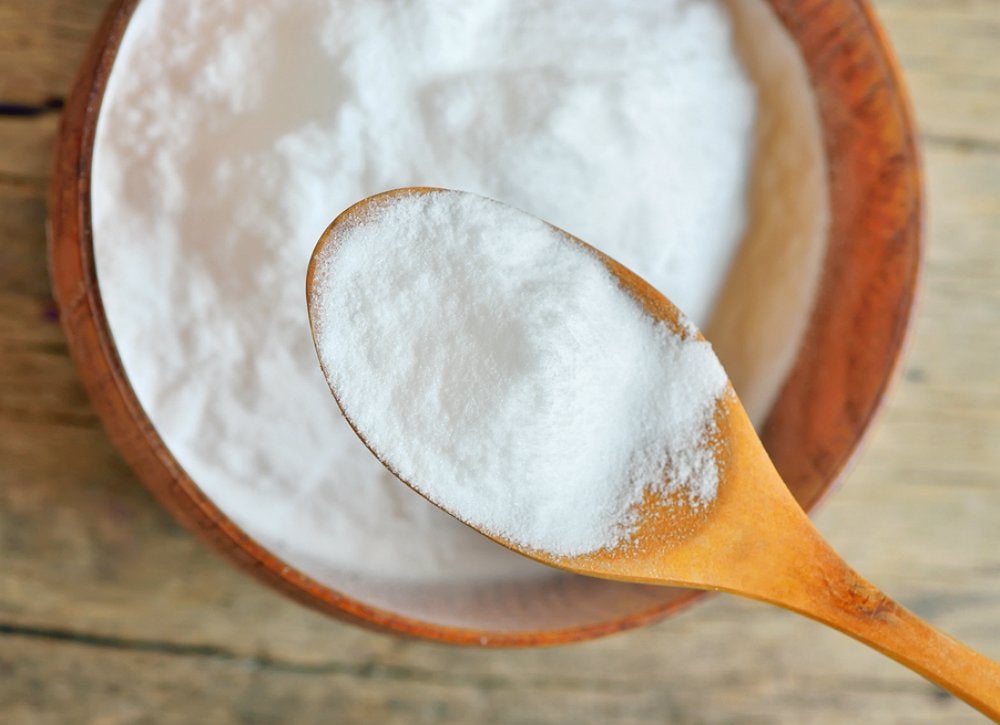
While its shelf life is plenty long, baking soda can sit in the fridge for even a longer time, a helpful storage hint if you’re an infrequent baker. The package should be labeled with recommended “use by” date (roughly six months after opening), but you can test the leavener’s potency by mixing one-half cup of hot tap water with one-quarter teaspoon vinegar and one-quarter teaspoon baking soda. If it fizzes, you’re in business!
Related: 10 Ingenious Uses for Baking Soda
GOOD GUIDELINE: A Real Charge
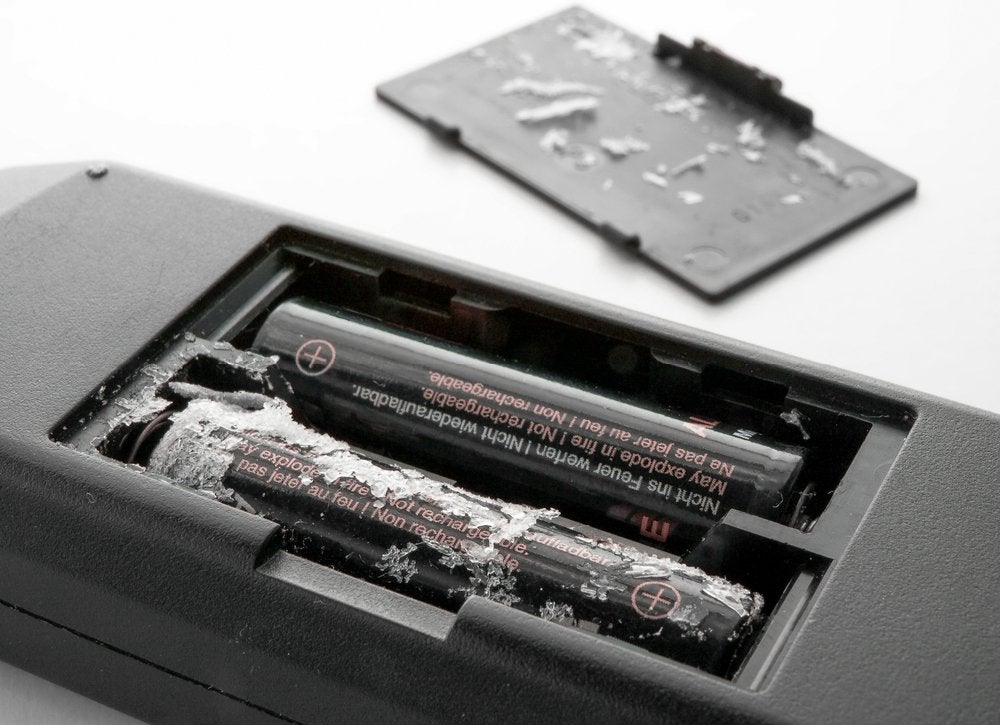
Batteries operate via chemical reaction, which starts from the moment of manufacture whether or not it is powering a device. Therefore, battery life is dependent on when a battery was assembled, not necessarily on the date you stuck it in the remote control or smoke detector. The older the battery, the less capacity it has to charge; batteries past the “best if used by” date will still function perfectly well, just not for as long.
GOOD GUIDELINE: Cleaning Conundrum
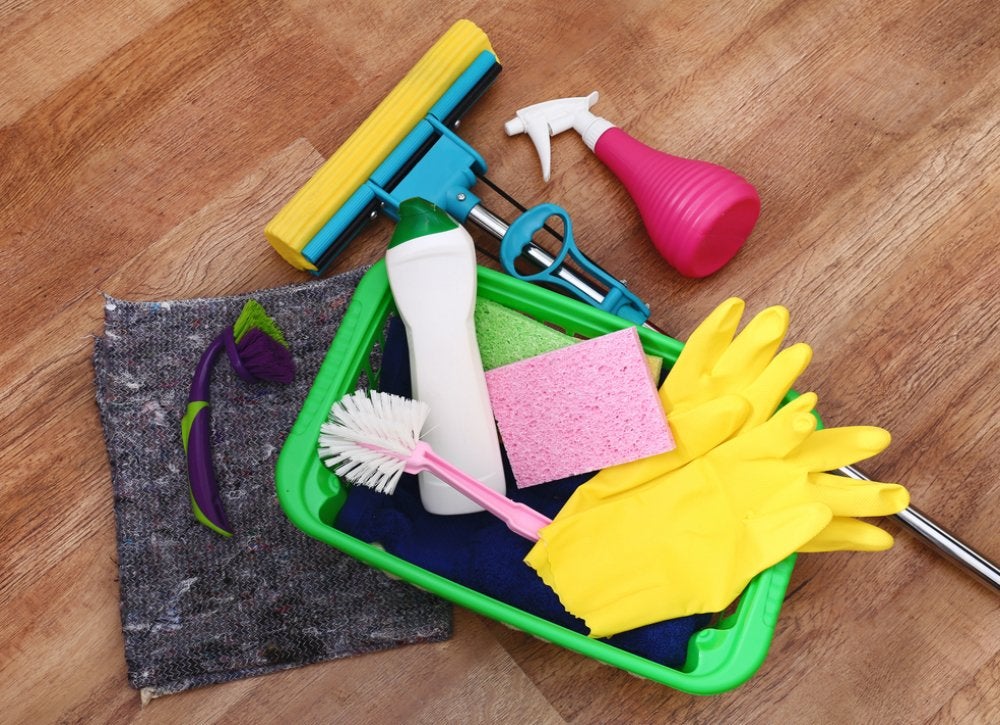
Sometimes even good products go bad—case in point, most common household cleansers. All cleaning products eventually lose their effectiveness over time, slowly degrading the plastic containers in which they are stored. For best practice, follow the guidelines Good Housekeeping set up for retention of cleaners: Keep liquid and powder laundry detergent for 6 to 12 months, multi-surface cleaners for one to two years, disinfectant sprays and wipes for two years, hand dishwashing soap for 12 to 18 months, and automatic dishwashing soap for three months.
GOOD GUIDELINE: Leftover Paint

While not always labeled, paint can and does go bad. Spoiled paint typically has an odor of sour milk or ammonia, and a lumpy texture that will make a mess of your project. Shelf life varies by manufacturer, but unopened cans generally last two to five years; opened, partial cans of paint will last six months to five years. Mark your cans with “purchased” and “opened” dates for future reference.
NEED TO HEED: Medicinal Matters
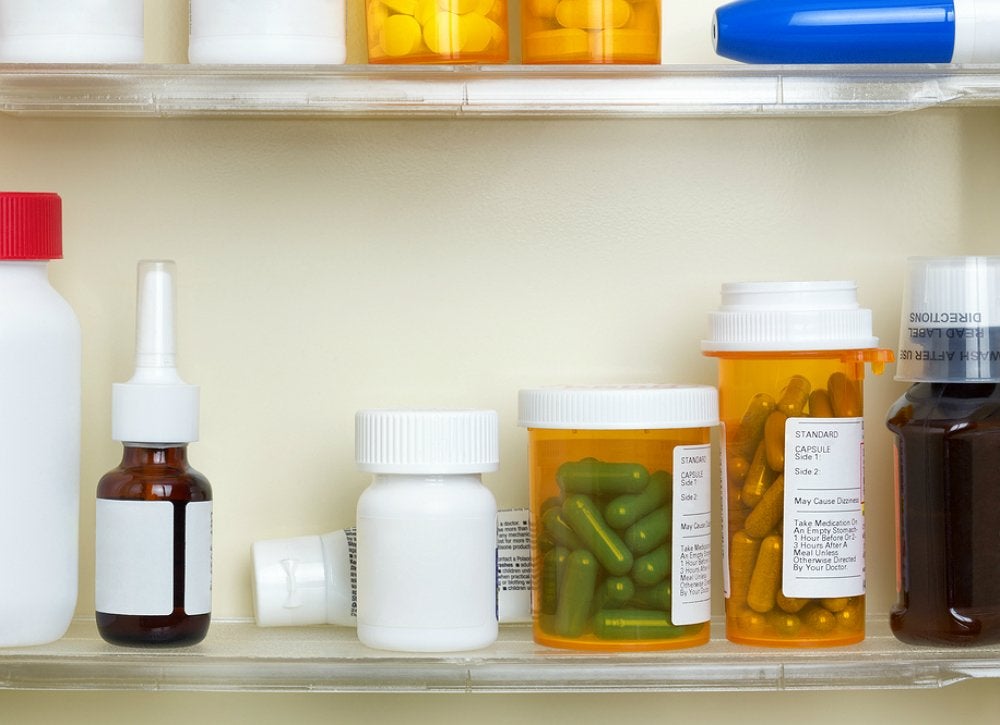
Medicines are required by law to have expiration dates, and these should be taken seriously by consumers. According to the FDA, the chemicals in drugs can break down and change over time, becoming more potent—even poisonous—or simply ineffective and unable to provide the benefit or treatment that you need. All medicines have an expiration date on the package and should be properly discarded
after that date.
NEED TO HEED: Fire Fighters
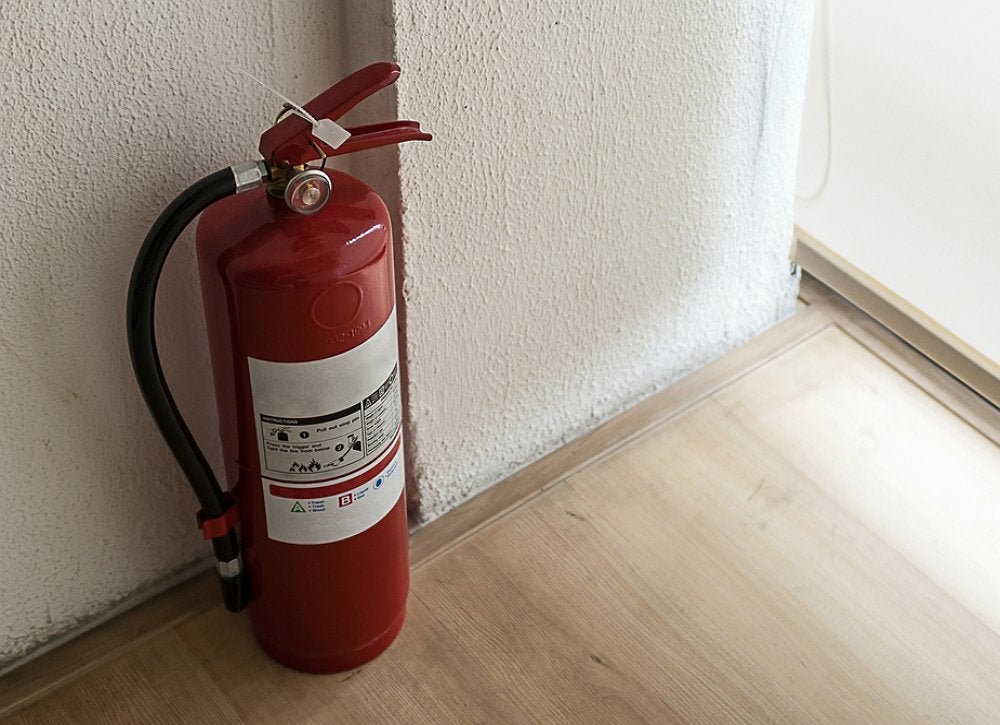
Manufacturers place a fire extinguisher’s life between 5 and 15 years. While an extinguisher may not have the expiration date as clearly marked as it is on other goods, you should read the pressure gauge monthly. As long as the needle falls in the green area, you’ll be good to go in case of any emergency; if the gauge reads anything else, replace right away.
No More Sniff Tests
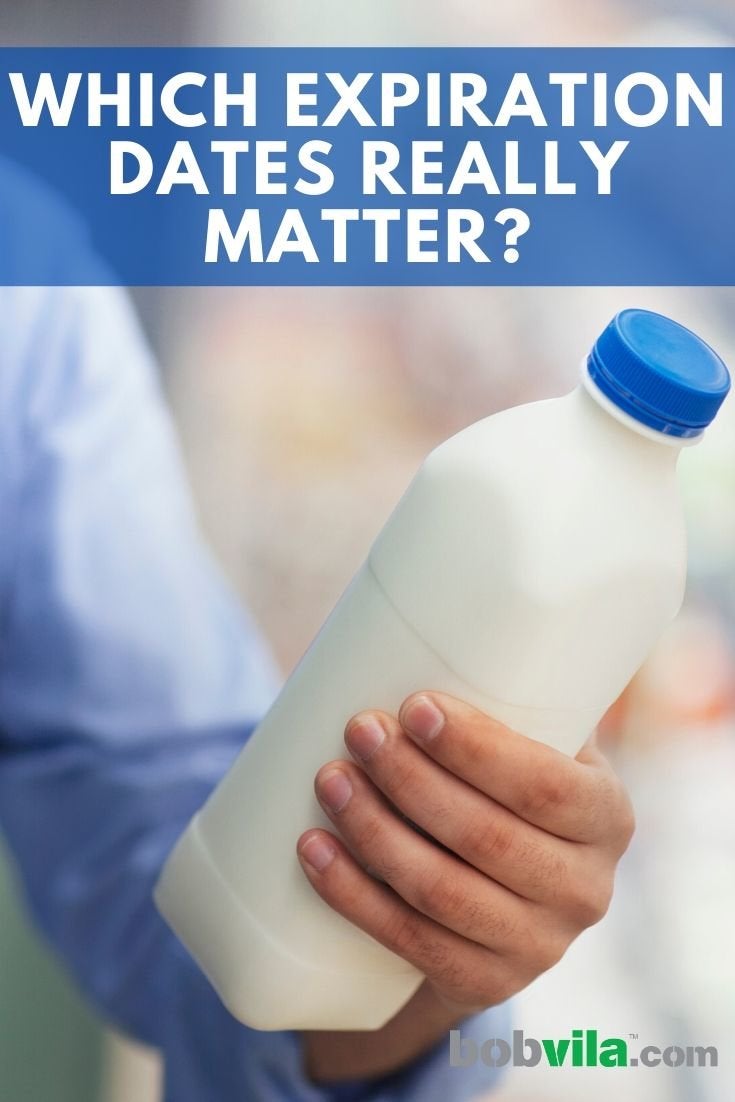
Now that you understand the different expiration date phrases you can be a conscious consumer when food shopping.

